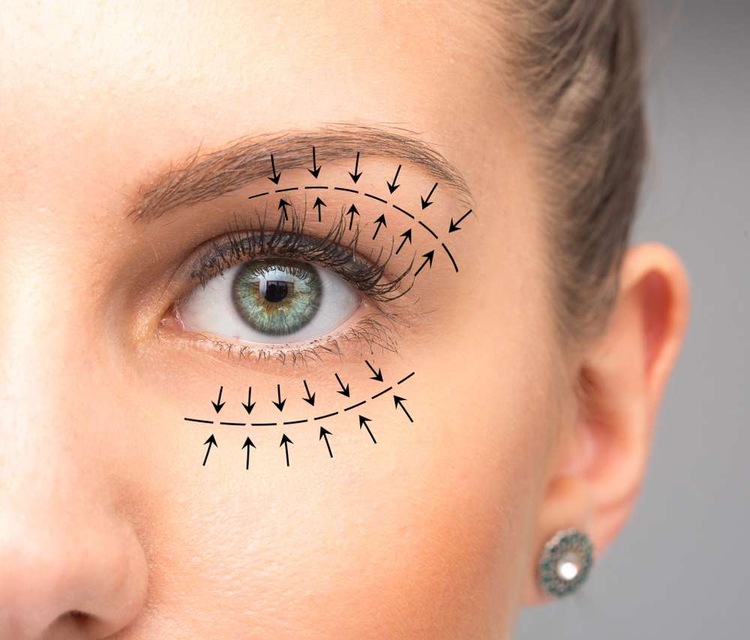Understanding Eye Bags: Causes, Treatments, and Prevention Strategies
In the realm of skincare, the under-eye area often commands special attention. One of the most common concerns related to this delicate region is the formation of eye bags, also known as puffy eyes or periorbital puffiness. These are usually associated with aging, lack of sleep, or other underlying health issues. Despite their prevalence, eye bags continue to puzzle many, prompting a host of questions about their causes, treatments, and preventive measures. This article aims to shed light on these aspects, providing a comprehensive understanding of eye bags.

Historical Overview of Eye Bags
The earliest recorded mention of eye bags dates back to ancient Egyptian times. Hieroglyphics reveal that Egyptians were already aware of the cosmetic and health implications of eye bags and had devised remedies involving a variety of ingredients like honey, milk, and certain herbs. However, it wasn’t until the 19th century that medical science began to understand the anatomical and physiological causes of eye bags.
In the 21st century, the advent of advanced dermatological procedures has revolutionized the treatment of eye bags. Despite these strides, the condition remains a pertinent issue, given its association with perceived age and attractiveness.
Unpacking the Causes of Eye Bags
Eye bags are primarily caused by the weakening of the muscles and tissues that support the eyelids. Age is a significant factor in this process, but it is not the only one. Lifestyle choices, such as poor sleep habits, excessive alcohol consumption, and smoking, can also exacerbate the condition. Furthermore, certain medical conditions like allergies, dermatitis, and thyroid disease can lead to puffiness under the eyes.
It’s important to note that while eye bags are often harmless, they sometimes signal underlying health issues. For instance, sudden or severe swelling under the eyes may indicate kidney problems or a serious allergic reaction, warranting immediate medical attention.
Modern Treatments for Eye Bags
The treatment of eye bags has come a long way from the home remedies of ancient times. Today, a variety of options are available, ranging from topical creams and serums to surgical procedures.
Over-the-counter products containing ingredients like retinol, hyaluronic acid, and peptides can help minimize the appearance of eye bags by boosting collagen production. More intensive treatments include injectable fillers, which can fill in the hollow areas under the eyes, and lower eyelid blepharoplasty, a surgical procedure that removes or repositions excess fat and skin in the under-eye area.
While these treatments are effective, they are not without risks and side effects, such as bruising, swelling, and in rare cases, vision problems. Therefore, it’s crucial to discuss all options with a dermatologist or plastic surgeon before proceeding.
Eye Bags and Societal Perception
Eye bags have a significant impact on how individuals perceive their own appearance and how they are perceived by others. Many societies associate eye bags with aging and fatigue, often leading to negative self-perception. This societal pressure has fueled the demand for eye bag treatments in the beauty and skincare industry.
However, it’s worth noting that this perception is not universal. For instance, in South Korea, a trend known as “aegyo sal” celebrates the appearance of under-eye bags, associating them with youth and cuteness.
Prevention is Better than Cure
While a range of treatments are available for eye bags, prevention is often the best approach. Simple lifestyle modifications can go a long way in preventing or reducing eye bags. These include getting adequate sleep, avoiding excessive alcohol and caffeine, maintaining a healthy diet rich in fruits and vegetables, and refraining from smoking.
In conclusion, eye bags are a common skincare concern with a complex interplay of causes, treatments, and societal perceptions. While advancements in dermatology have provided effective solutions, understanding the underlying causes and embracing preventive measures can help manage this condition better. It is essential to remember that each individual is unique, and what works for one person may not work for another, making personalized skincare strategies crucial.




